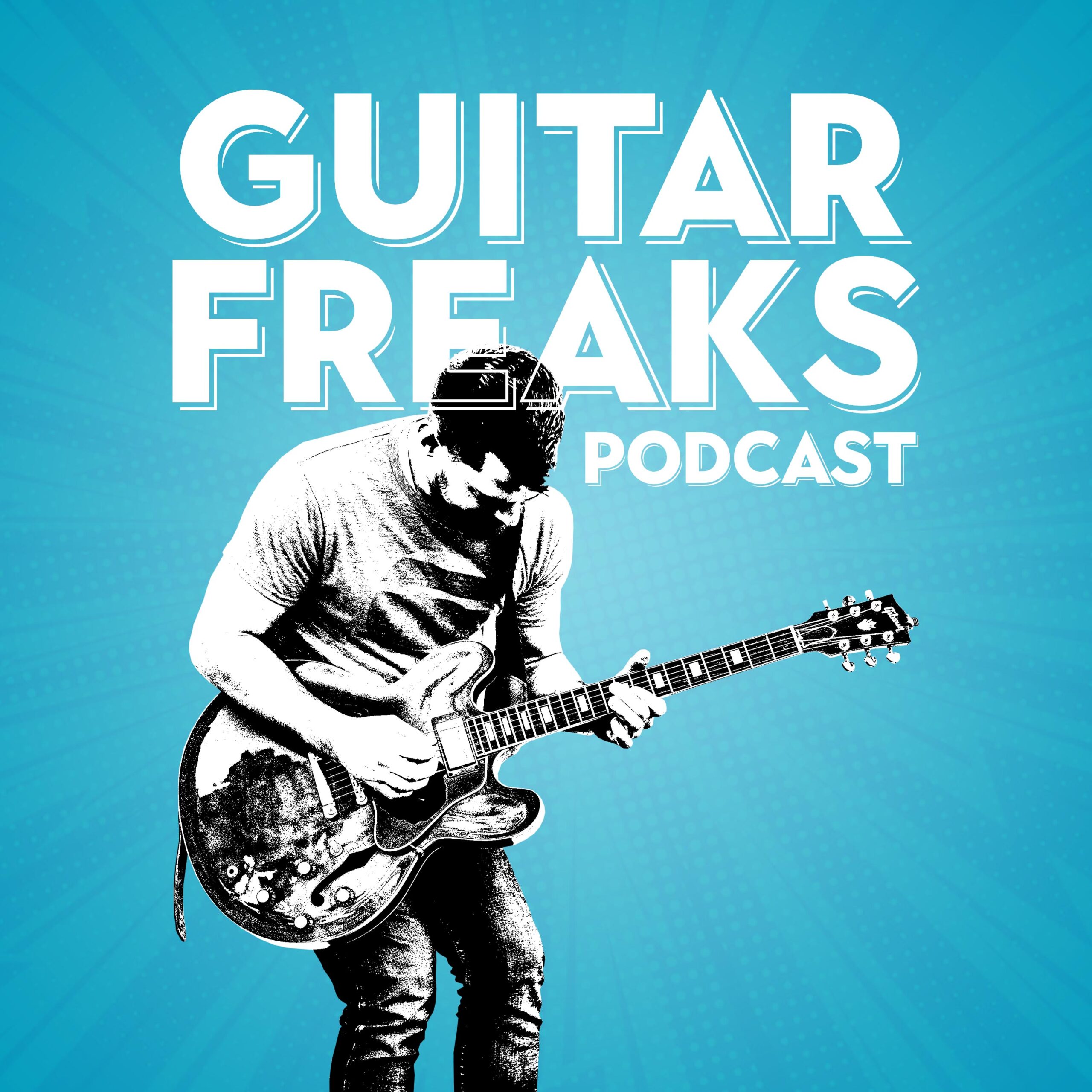As a beginner guitarist, venturing into the world of guitar pedals can feel overwhelming. There are countless options, each promising to transform your tone. But where should you start? Which ones are truly essential, and how can you build a pedalboard without breaking the bank?
This guide will help you navigate the world of must-have guitar effects, introducing you to the core pedals that every beginner should consider. By the end, you’ll have the knowledge to build a simple, effective pedalboard that enhances your playing without overcomplicating your setup.
Why Use Guitar Pedals?
Guitar pedals allow you to shape your sound and explore creative possibilities. From adding lush ambiance to creating growling distortion, pedals can bring depth and personality to your tone. For beginners, pedals are also a great way to learn about the nuances of tone shaping and signal flow.

Download The FretDeck & Pentatonic Secrets Course!
Download Our Course
The Must-Have Guitar Effects for Beginners
1. Tuner Pedal
- Why It’s Essential: Staying in tune is the foundation of good playing. A tuner pedal ensures that your guitar sounds its best at all times, whether you’re practicing or performing.
- Recommended Option: Boss TU-3 – Durable and accurate, this pedal is a staple on countless pedalboards.
- Budget-Friendly Option: TC Electronic PolyTune 3 Mini – Compact, accurate, and great for small pedalboards.
2. Overdrive Pedal
- Why It’s Essential: Overdrive adds warmth and grit to your tone, making it perfect for blues, rock, and even pop. It’s also a great way to push an amp into natural distortion.
- Recommended Option: Ibanez Tube Screamer (TS9) – A legendary overdrive pedal known for its smooth, creamy tone.
- Budget-Friendly Option: Joyo Vintage Overdrive – A wallet-friendly alternative that captures the essence of classic overdrive.
3. Distortion Pedal
- Why It’s Essential: For heavier genres like rock and metal, a distortion pedal provides the crunch and aggression you need. It’s more intense than overdrive and perfect for high-gain tones.
- Recommended Option: Boss DS-1 – A classic distortion pedal used by players like Kurt Cobain.
- Budget-Friendly Option: Behringer Distortion DS300 – A great choice for beginners exploring heavier tones.
4. Delay Pedal
- Why It’s Essential: Delay creates repeating echoes that add space and depth to your sound. It’s ideal for solos, ambient textures, and rhythmic effects.
- Recommended Option: TC Electronic Flashback 2 – Versatile and easy to use, with multiple delay modes.
- Budget-Friendly Option: Donner Yellow Fall – Compact and affordable, perfect for beginners exploring delay.
5. Reverb Pedal
- Why It’s Essential: Reverb simulates the sound of playing in different spaces, from small rooms to massive halls. It’s great for adding ambiance and making your playing feel fuller.
- Recommended Option: Electro-Harmonix Holy Grail Nano – A simple, great-sounding reverb pedal.
- Budget-Friendly Option: Mooer Shimverb – Compact and versatile, offering multiple reverb modes.
6. Chorus Pedal
- Why It’s Essential: Chorus thickens your tone by adding a shimmering, warbly effect. It’s great for clean tones and creates a lush, dreamy sound.
- Recommended Option: MXR M234 Analog Chorus – Known for its warm, musical modulation.
- Budget-Friendly Option: Boss CE-2W Waza Craft – A reissue of the iconic CE-2 with modern upgrades.
How to Build Your First Pedalboard
1. Start Small
As a beginner, you don’t need every pedal under the sun. Start with 2-3 pedals from the list above (e.g., tuner, overdrive, and reverb) and expand as you discover your sound.
2. Use a Pedalboard
Organizing your pedals on a board makes them easier to manage. Budget-friendly options like the Pedaltrain Nano or Donner DB-2 are great for beginners.
3. Get a Power Supply
Invest in a reliable power supply to keep your pedals powered and reduce noise. The Voodoo Lab Pedal Power 2 is a popular choice.
4. Learn Signal Chain Basics
Place pedals in this order for a clean signal:
- Tuner → Overdrive/Distortion → Modulation (Chorus, Delay) → Reverb
Practice Tips for Using Pedals
- Experiment with Settings: Twist the knobs to understand how each pedal affects your tone. Start with the default settings and tweak one parameter at a time.
- Play Along with Backing Tracks: Use delay and reverb to enhance solos or create atmosphere during jam sessions.
- Record Yourself: Hearing your pedals in action can help you refine your tone and settings.
Join the Guitar Freaks Hangout for More Pedal Tips
Looking for advice on choosing and using the must-have guitar effects? Join the Guitar Freaks Hangout on Discord to connect with a community of passionate players. Share your pedalboard setup, ask questions, and learn from others’ experiences.

Join Guitar Freaks Hangout on Discord! 🎸
Connect with guitarists through YouTube watch parties, mini lessons, practice prompts, and a supportive community.
🔗 Join now!
Start Your Pedal Journey Today
Building your first pedalboard is an exciting step in your guitar journey. By starting with the essentials and learning how to use them effectively, you’ll unlock a world of creative possibilities. Explore these must-have guitar effects, and don’t forget to have fun experimenting with your sound!
Got a favorite pedal? Share it with us in the comments or on Discord! 🎸
For a deeper dive into specific delay pedals and their features, check out our article on The Best 8 Delay Pedals for Guitarists: Tips and Parameters. This guide offers detailed insights to help you choose the right delay pedal for your setup.

Download The FretDeck & Pentatonic Secrets Course!
Download Our Course










